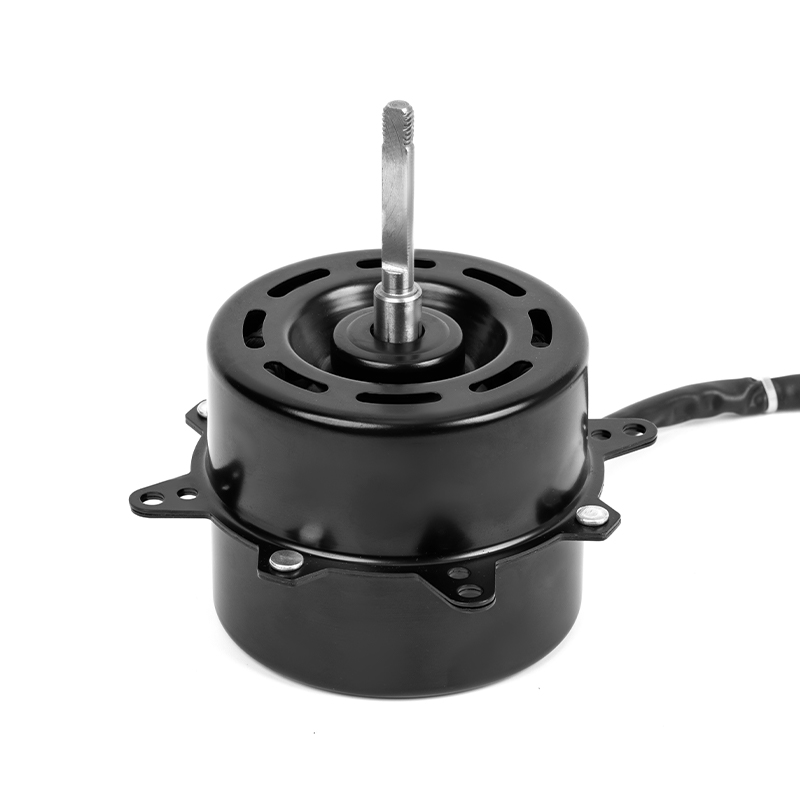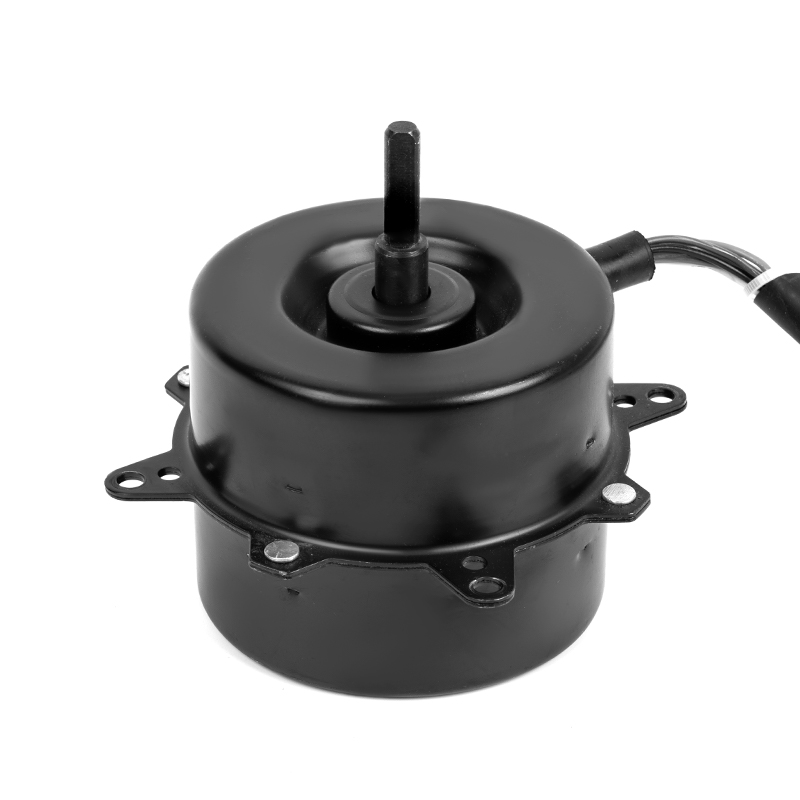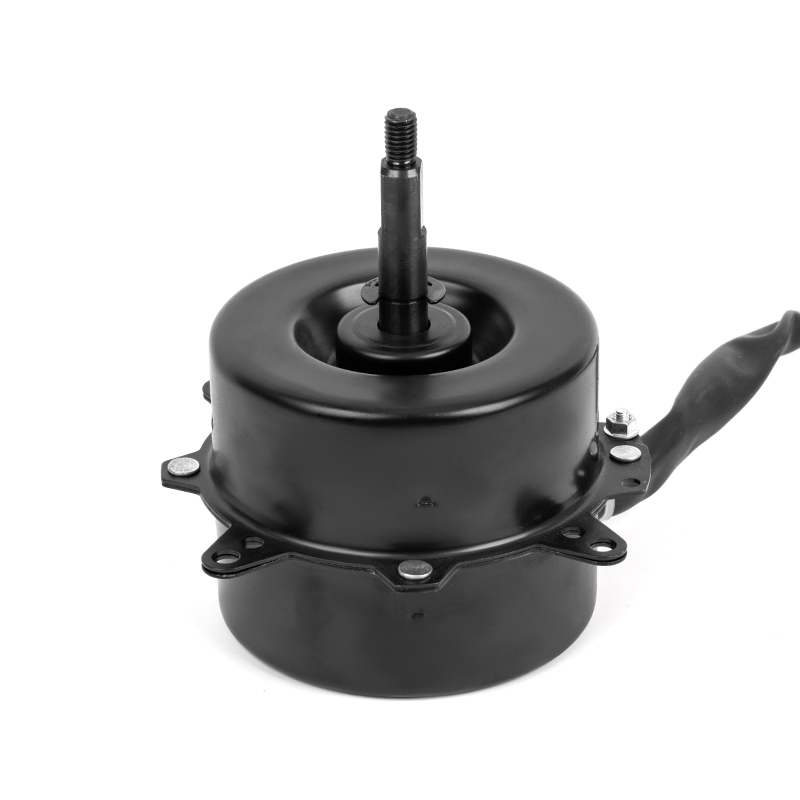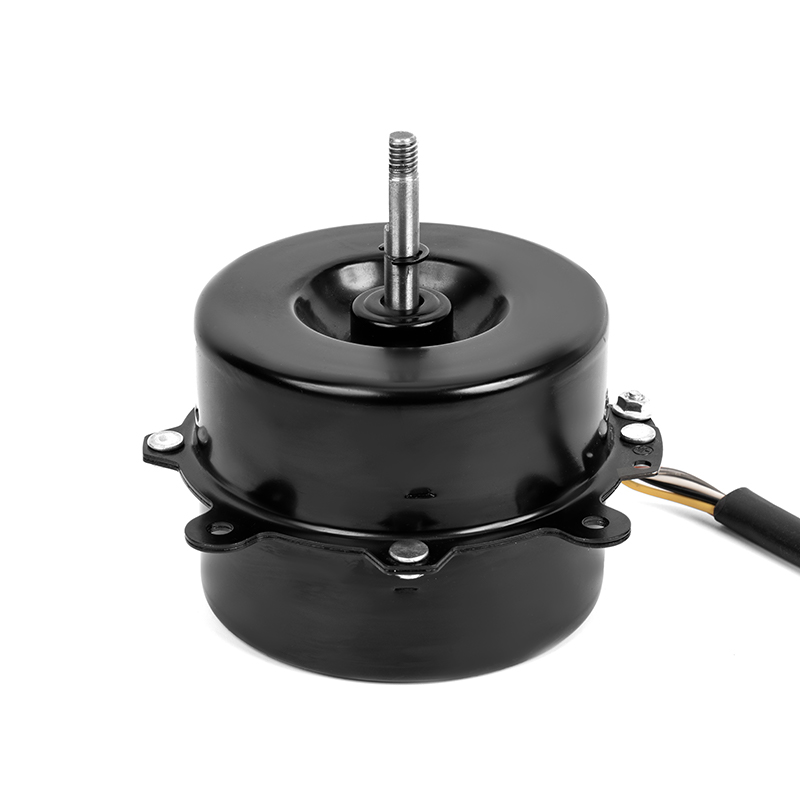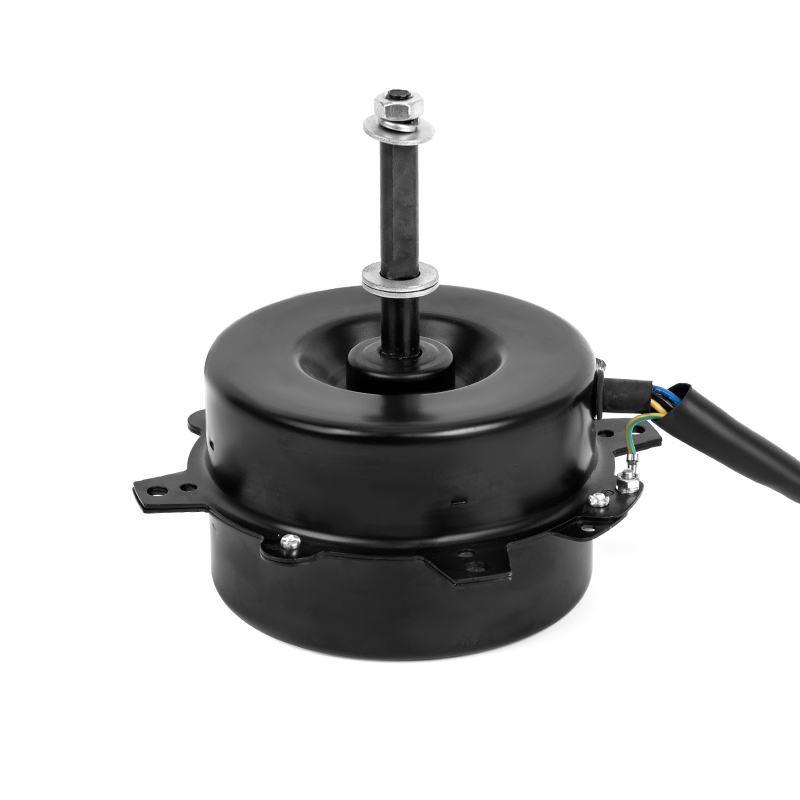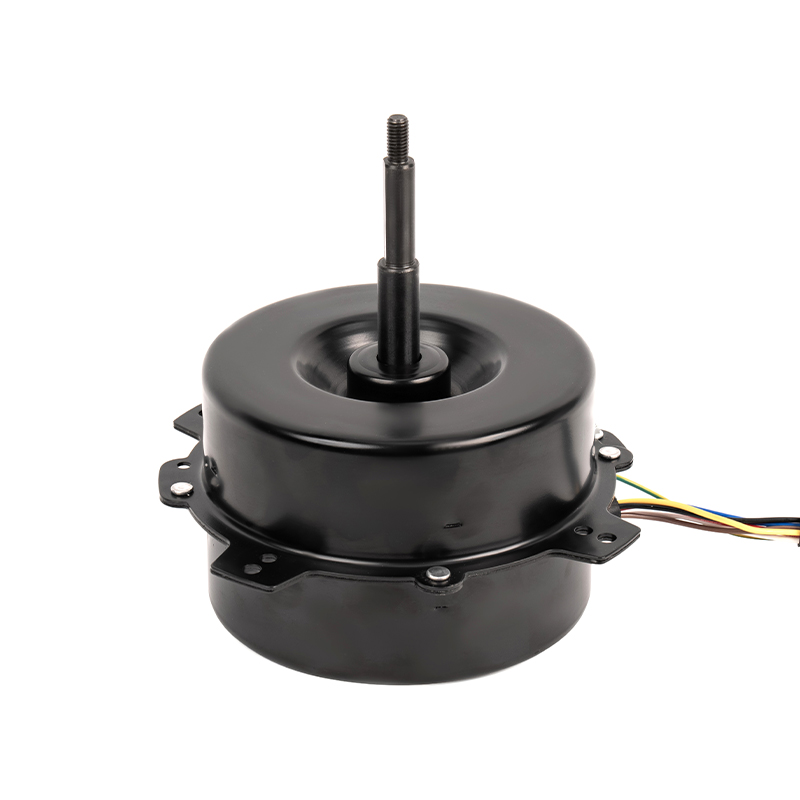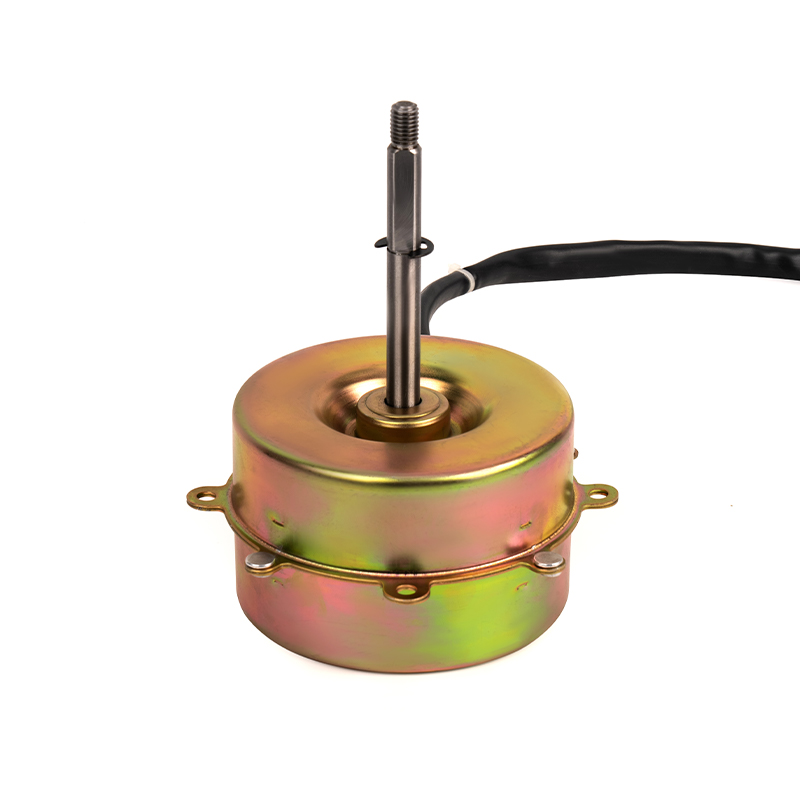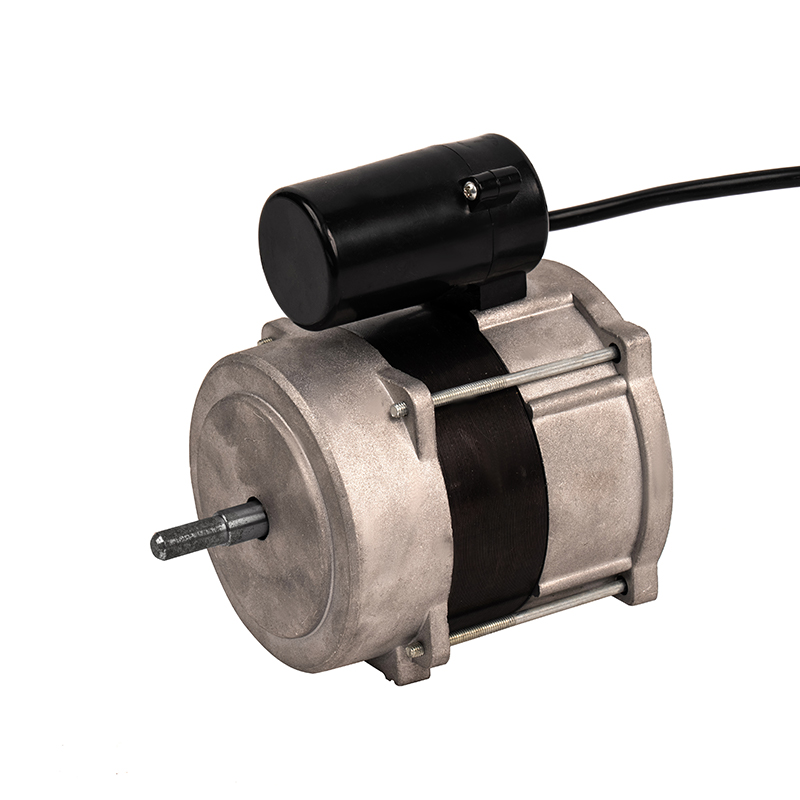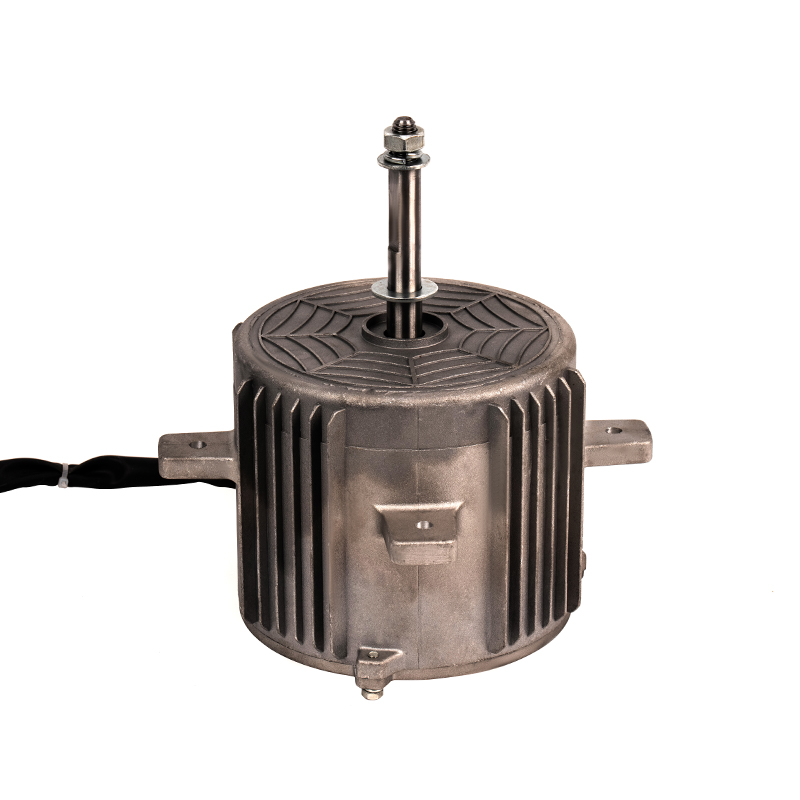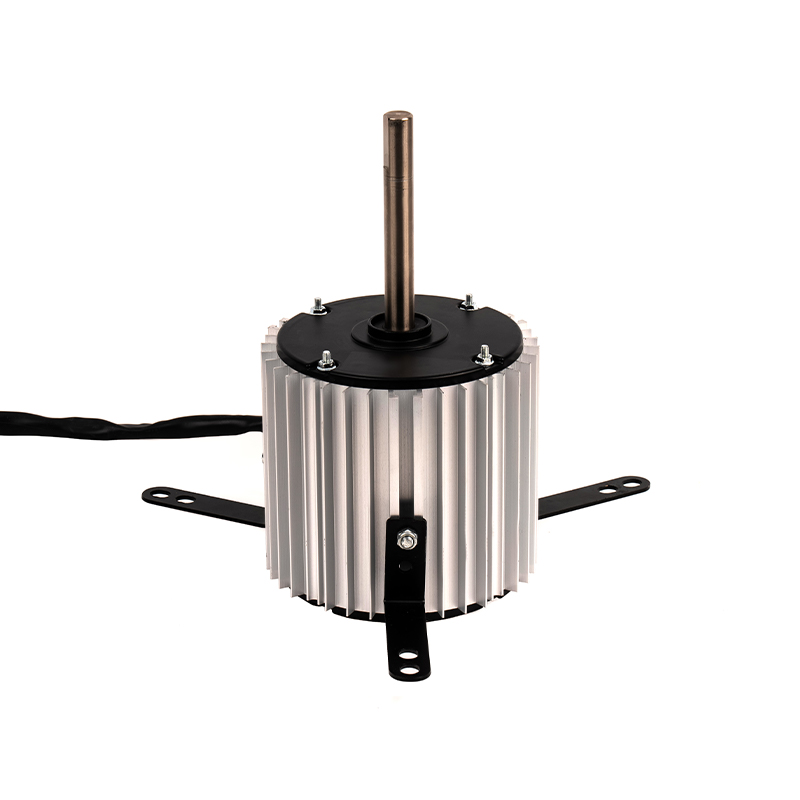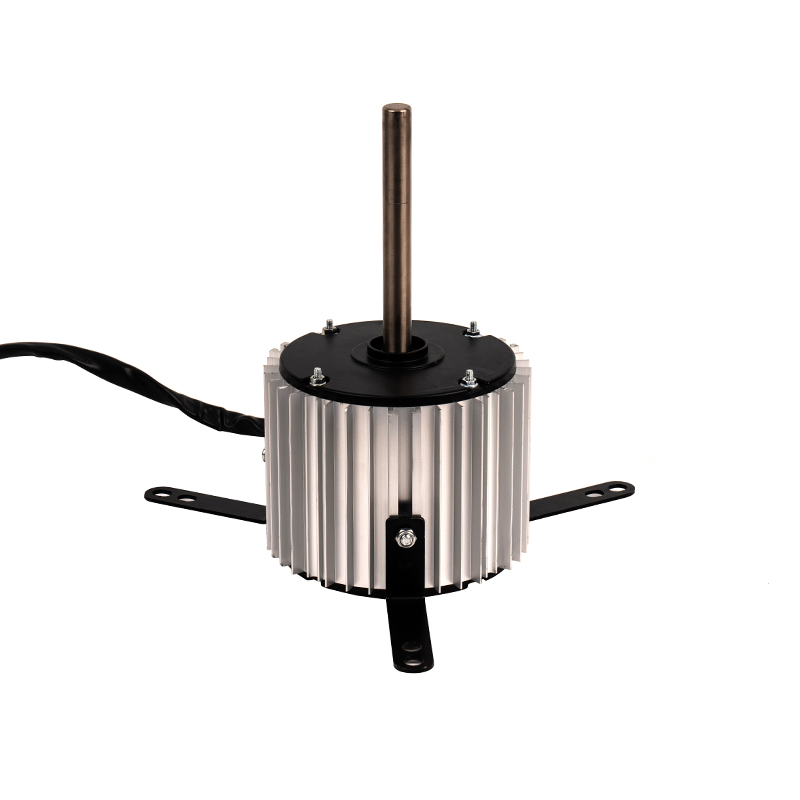Unusual noises, such as grinding, screeching, or a high-pitched hum, are often early indicators of motor problems. These sounds can be a result of several issues, including worn-out bearings, damaged fan blades, or misaligned motor components. Grinding or rattling noises may suggest that internal parts, such as the rotor or stator, are rubbing against each other, while screeching sounds could indicate a lack of lubrication or an issue with the motor’s fan assembly. A humming noise, especially when the motor is not running smoothly, could signal a malfunctioning capacitor that is unable to supply the motor with the necessary power to start or run.
Overheating is a critical issue that can lead to severe damage if not addressed promptly. A motor that becomes excessively hot during normal operation often indicates that the motor is working harder than it should be. Overheating can result from electrical issues, such as a faulty capacitor that causes the motor to draw more current than necessary. Mechanical problems, such as inadequate lubrication, blocked ventilation, or excessive friction from worn bearings, can also cause the motor to overheat. If the motor continues to operate in an overheated state, it can result in permanent damage to the windings, insulation breakdown, and potentially a total motor failure.
Inconsistent or weak airflow from the air cooler is another sign that the motor may be malfunctioning. If the motor is not functioning at its full potential, it may fail to power the fan blades with the necessary force to generate proper airflow. This can be a result of a malfunctioning motor, such as an inefficient motor that cannot maintain consistent speed or power. Other contributing factors could include an issue with the motor’s capacitor, which may be providing insufficient power, or a mechanical blockage in the fan or motor that hampers airflow. Poor performance can lead to reduced cooling efficiency and overall functionality of the air cooler.
A motor that does not start at all or stalls during operation indicates a significant problem with the motor or its components. The most common cause is a faulty capacitor, which is responsible for starting the motor and providing the necessary torque. A defective capacitor can prevent the motor from initiating its start-up phase or cause it to fail mid-operation. If the motor stalls intermittently or is unable to start without manual assistance, it may also be indicative of wiring problems, a short circuit, or issues with the motor’s internal wiring. Stalling can lead to additional wear on the motor components, further complicating the issue if not addressed.
If the circuit breaker trips or the fuse blows frequently when the motor is in use, this could signal a significant fault in the motor’s electrical system. A short circuit or excessive current draw due to faulty motor windings, a defective capacitor, or degraded insulation can cause the motor to overload. Circuit breakers or fuses are designed to protect electrical systems from damage by cutting off the power in the event of an overload or fault. Frequent tripping or blown fuses can lead to potential hazards if left unaddressed and may indicate that the motor requires immediate attention, such as a detailed inspection or replacement of its electrical components.
Excessive vibration or shaking during operation is often a sign that the motor or fan assembly is out of balance. If the motor’s internal components, such as the rotor or bearings, are misaligned or damaged, they can cause vibrations that affect the smooth operation of the air cooler. Loose motor mounting, improperly balanced fan blades, or damaged bearings can also lead to vibrations. Prolonged vibration can increase wear on motor parts, lead to mechanical damage, or even affect other components, such as the motor housing or the structural integrity of the air cooler.



 English
English عربى
عربى ++86 13524608688
++86 13524608688